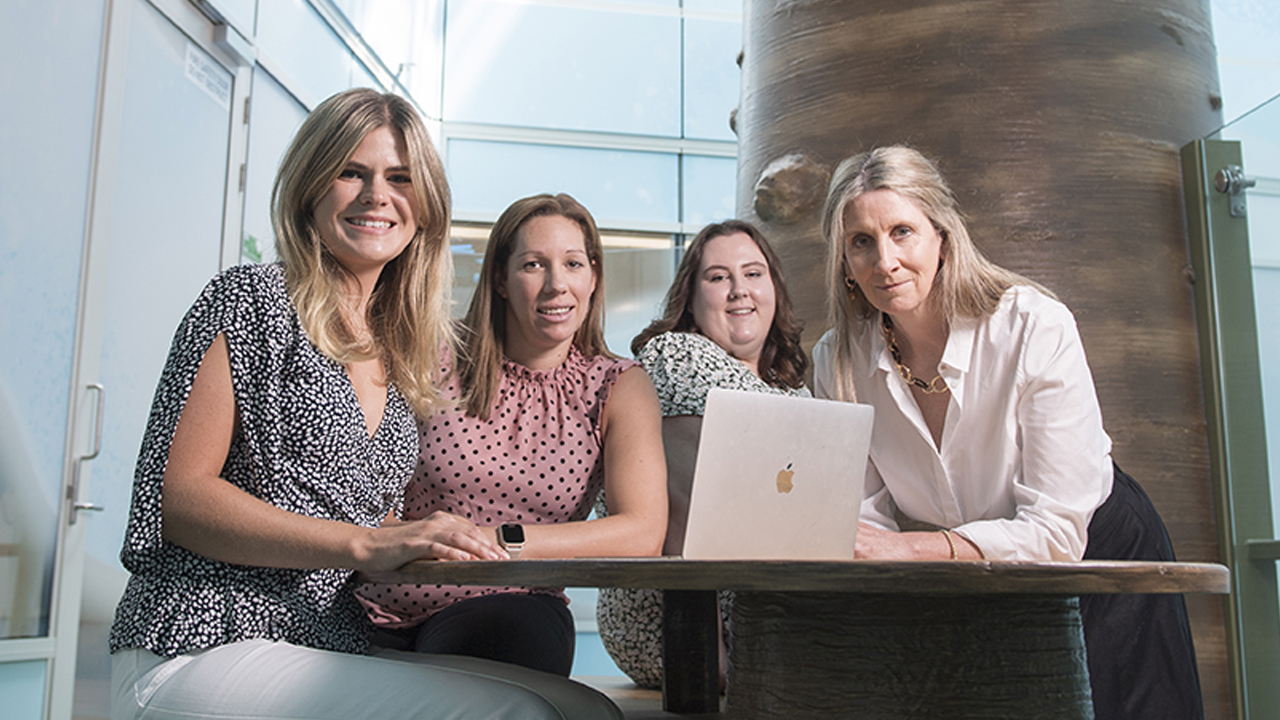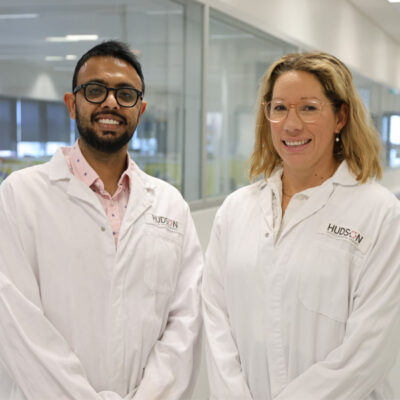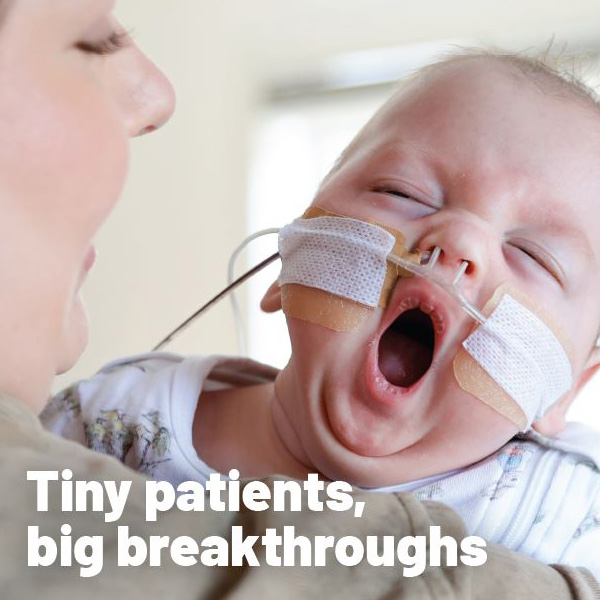Preventing brain injury in babies
By Rob Clancy, staff writer. Reviewed by Professor Suzanne Miller

Professor Suzanne Miller knows there are crucial times, either during pregnancy or at birth, when human existence is at its most fragile and injuries with life-changing effects can occur. Prof Miller leads a dedicated team of researchers looking into every aspect of this time, to better understand the situations that can cause brain injury in babies and develop new treatments for those injuries when they happen.
Cerebral palsy facts
- Every 15 hours, an Australian baby is born with a brain injury that underlies cerebral palsy.
- It is a permanent, lifelong condition with no cure.
- Around 34,000 Australians have cerebral palsy.
“My career goal is to prevent cerebral palsy, which is caused by damage to the developing brain either during pregnancy or around the time of birth,” she says.
It’s always been accepted that the time of birth is a period of high risk, but new research shows that the developmental period in utero can be problematic for some babies, particularly those with low birth weight.
“A decade or so ago it was considered that curing or preventing cerebral palsy was not possible, but huge progress has been made with interventions for high-risk babies and I now believe that both the incidence and severity of cerebral palsy can be reduced.”
She is particularly interested in the physiology of how low birth weight, preterm birth and hypoxic ischaemic encephalopathy in full-term infants cause brain injury in babies.
Melatonin – protecting babies’ brain
A 2021 highlight was Prof Miller’s discovery, published in the Journal of Pineal Research, revealing that melatonin can protect the newborn brain against a lack of oxygen. It was a result worth celebrating.
“Melatonin has potent antioxidant properties to fight against damaging free radicals. This important study showed that melatonin significantly enhances newborn brain protection and lays the foundations for a treatment which has strong implications for reducing neonatal death and disability,” Prof Miller says.
“Day to day life as a biomedical scientist can be a hard slog and the eureka moments are rare, but goodness, when they come around, they are rewarding!” Prof Suzanne Miller says.
In further work by PhD student Madeleine Smith, definitive answers were provided on the effectiveness of neural stem cells (NSCs) to treat neonatal brain injury, in a review published in Stem Cells Translational Medicine.
“Unlike other stem cell types, NSCs can integrate into damaged brain tissue, replacing dead neurons; the team analysed all available lab-based pre-clinical studies and found that NSCs can reduce brain injury and improve physical function after injury occurs,” Prof Miller says.
Another promising finding — thanks to the work of Dr Tayla Penny and Dr Courtney McDonald, published in Scientific Reports — was that umbilical cord blood therapy could be equally effective in treating these brain injuries in both males and females, despite the differences in their brains.
Prof Miller and her team are striving to create more of these moments.
A healthy start for all infants affected brain injury
“The term cerebral palsy describes a movement disorder, but it’s important to remember that brain injury before or soon after birth is also the primary cause of more subtle cognitive, learning and behavioural dysfunctions that may affect many more Australian children,” she says.
“The high incidence of disability, learning or behavioural problems that last an entire lifetime means that more research must be undertaken to characterise which infants are at high risk, and tailor treatments to reduce brain injury and improve quality of life.”
There’s a huge team effort at Hudson Institute to ensure that as many babies as possible get a healthy start to life, with every chance to realise their full potential.
Collaborators | Cerebral Palsy Alliance; Monash Health; Monash Newborn; Monash University; University of Auckland
This research was supported by | Gates Foundation; Inner wheel Australia; National Health and Medical Research Council (NHMRC)
In this article
About Hudson Institute
Hudson Institute’ s research programs deliver in three areas of medical need – inflammation, cancer, women’s and newborn health. More
Hudson News
Get the inside view on discoveries and patient stories
“Thank you Hudson Institute researchers. Your work brings such hope to all women with ovarian cancer knowing that potentially women in the future won't have to go through what we have!”








